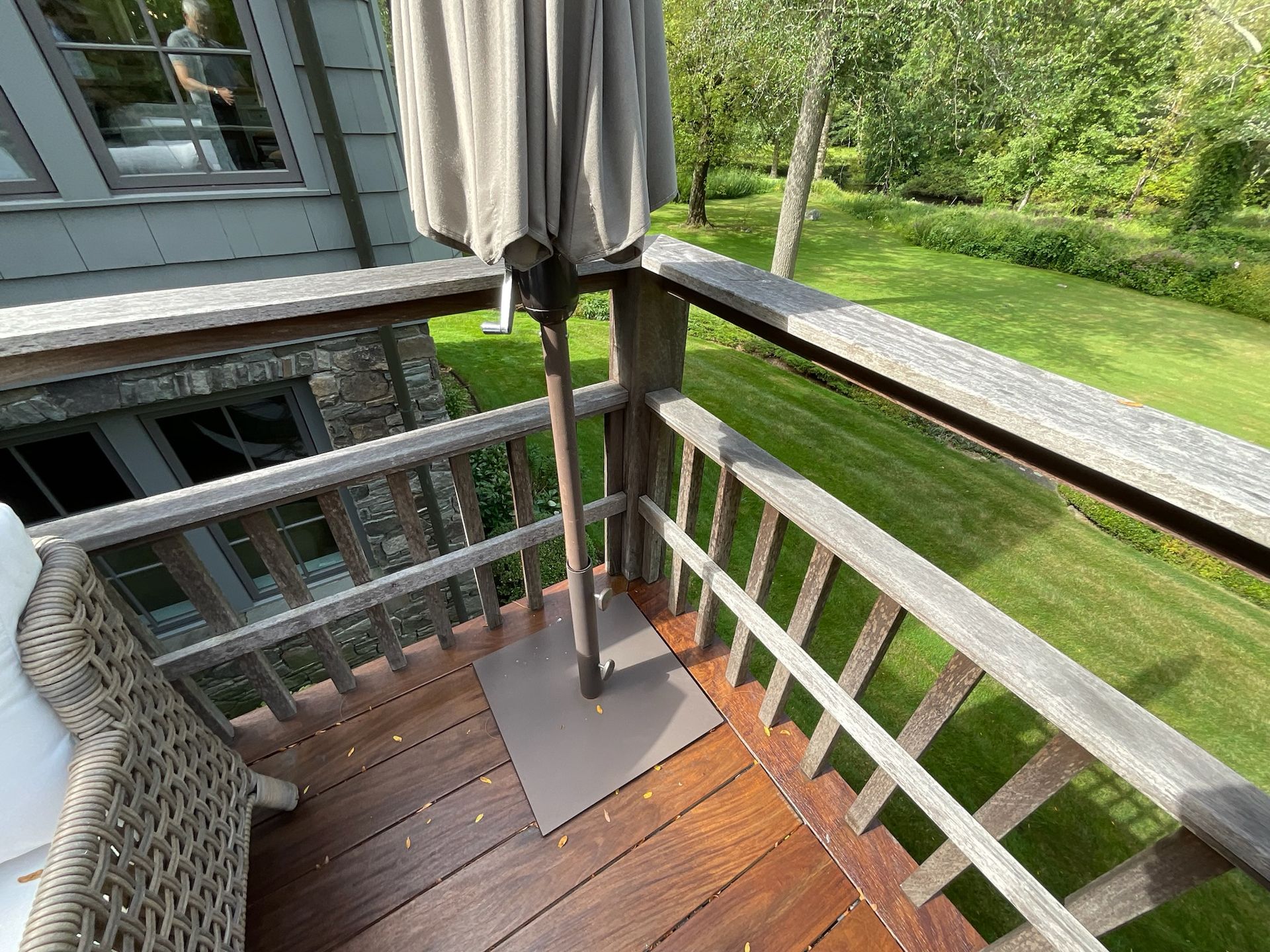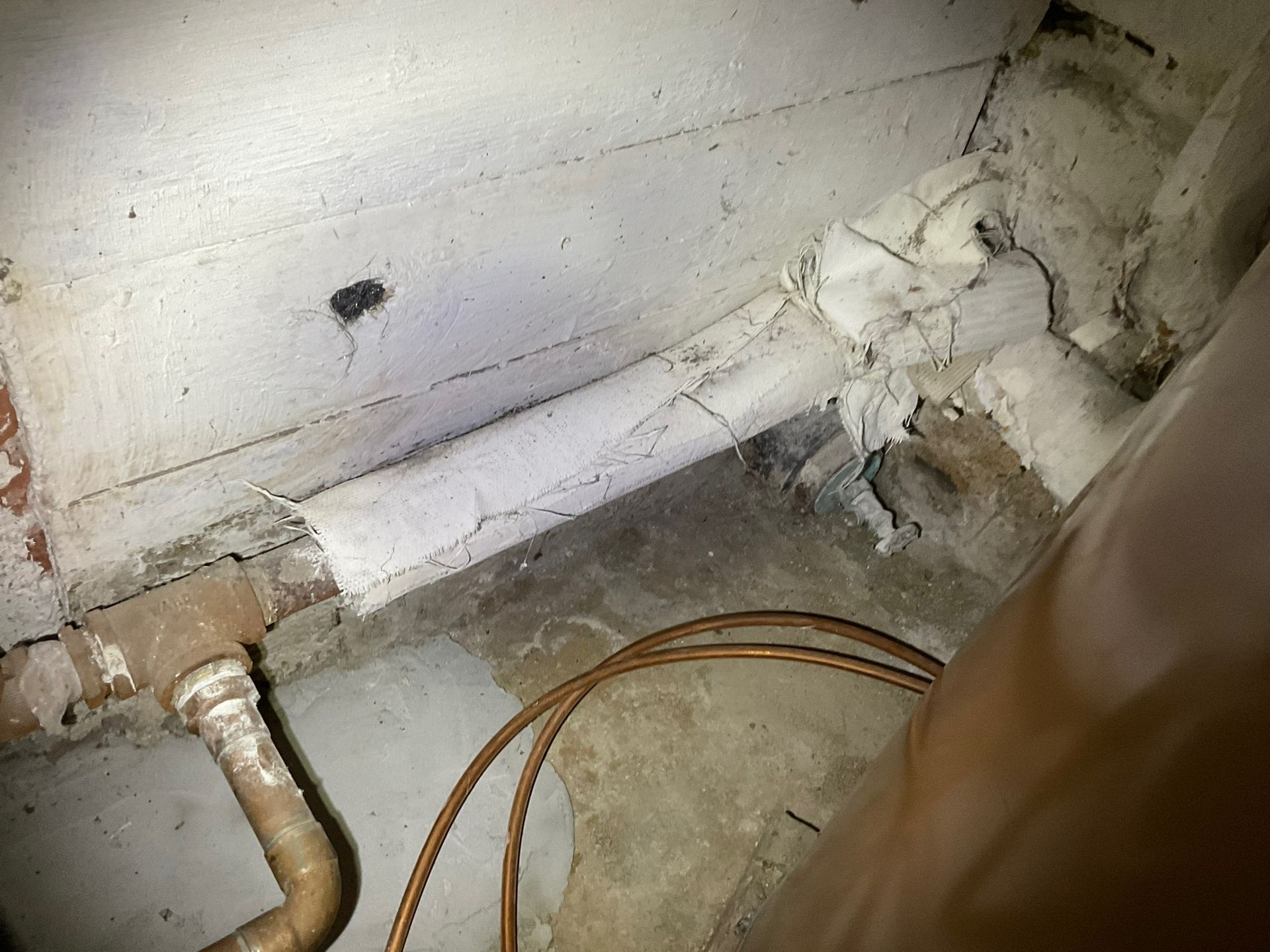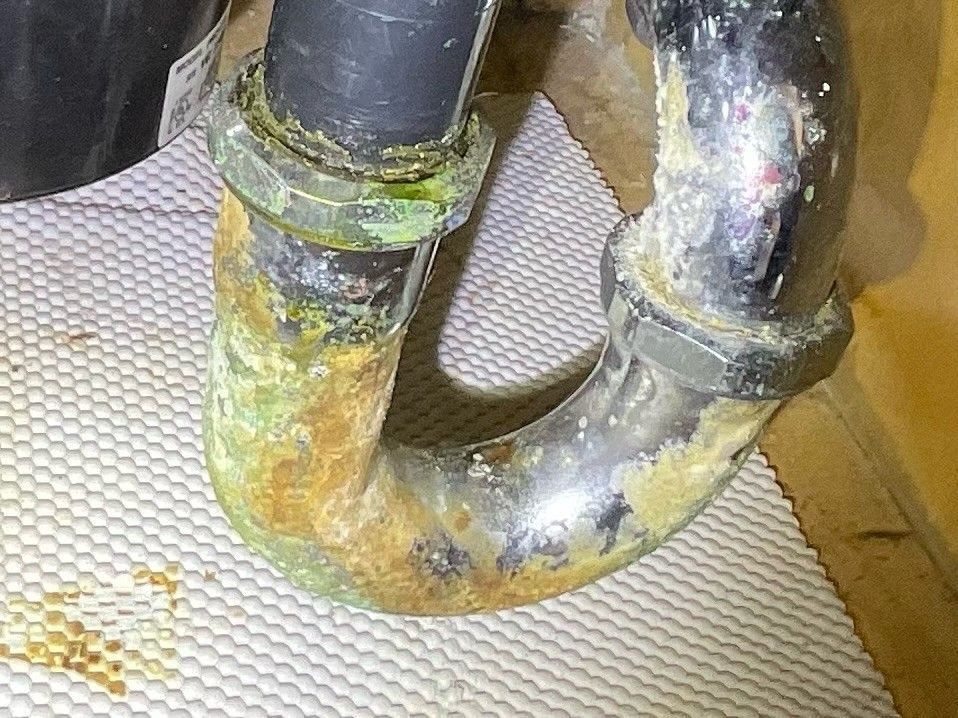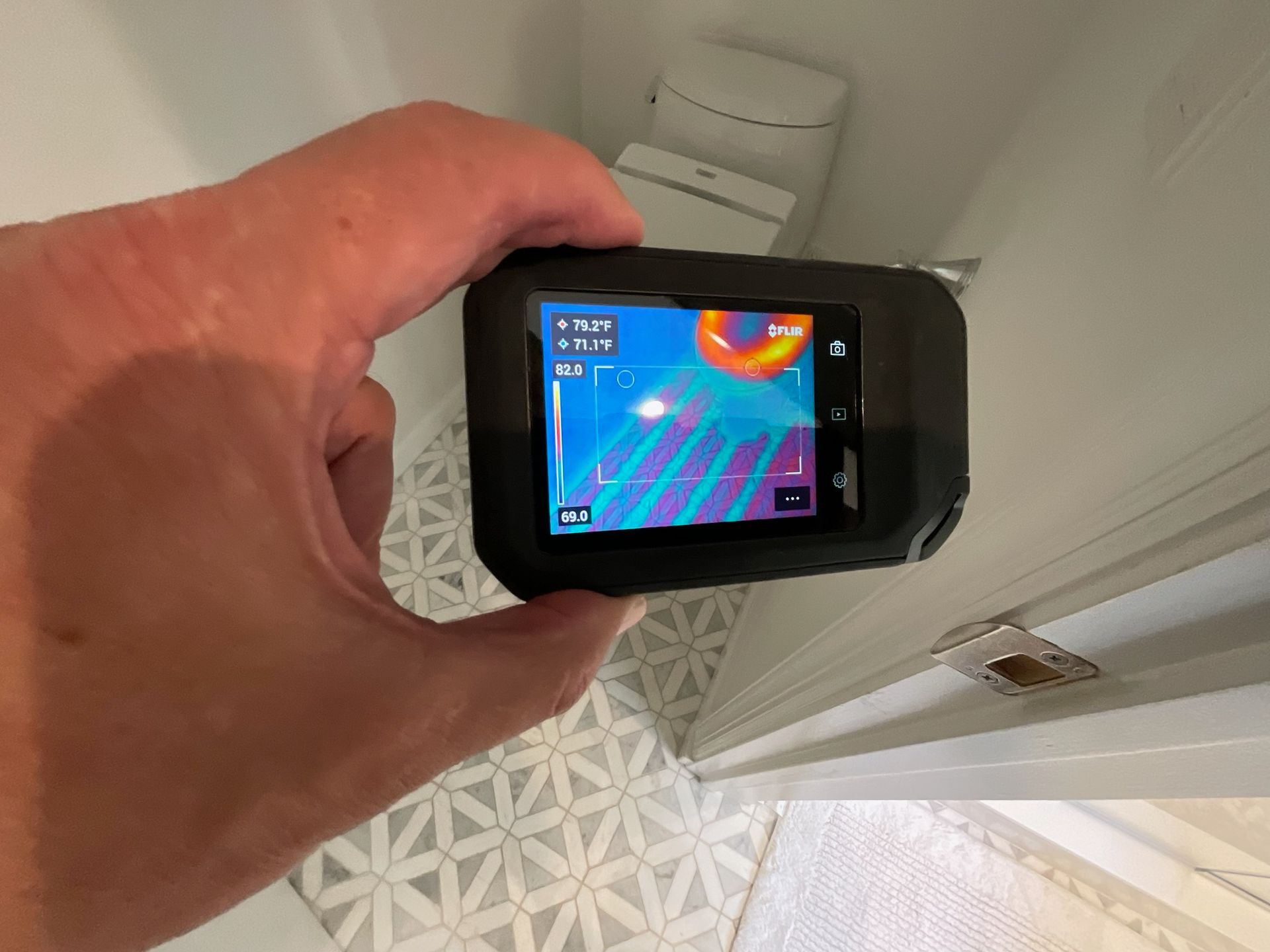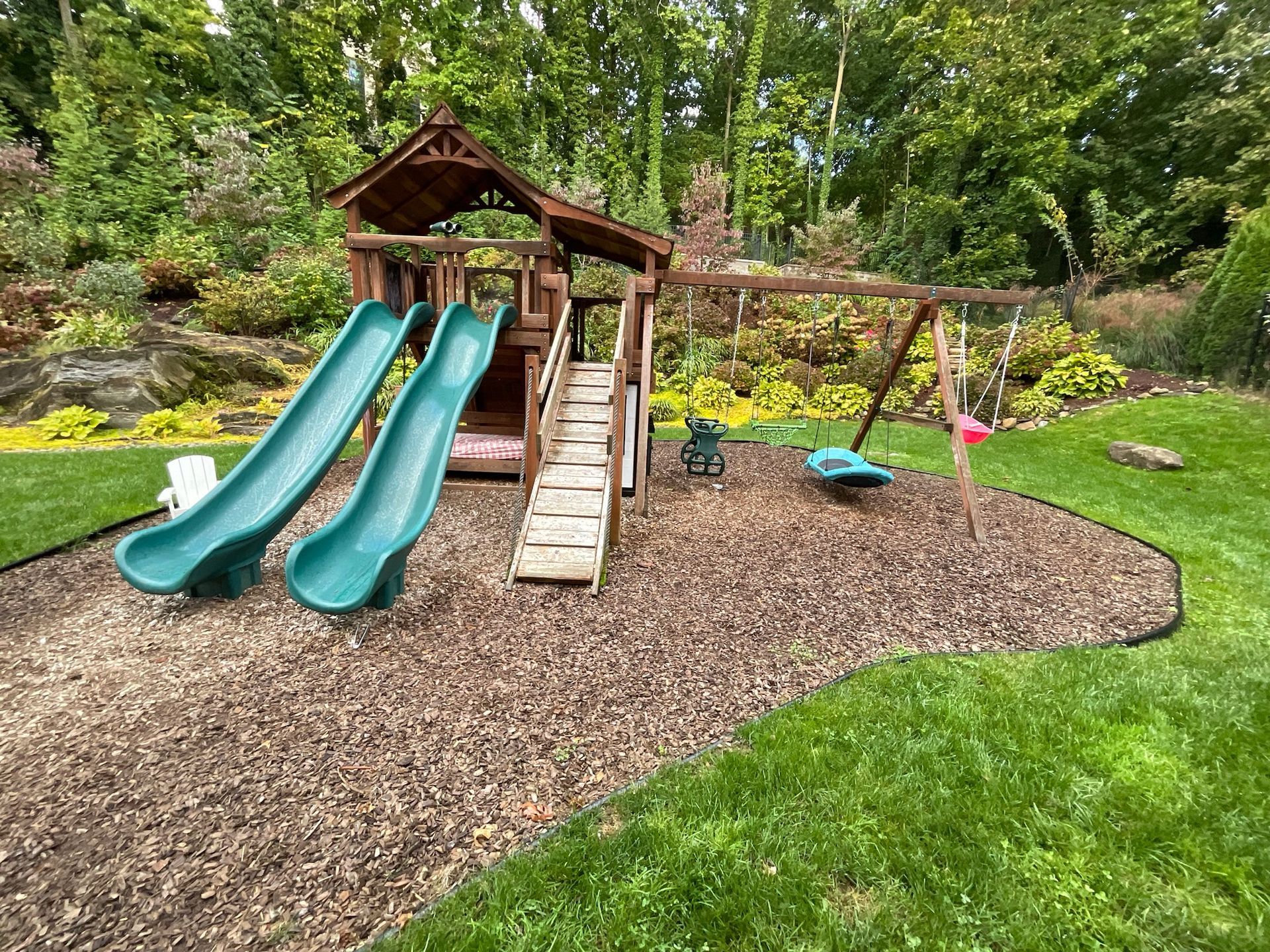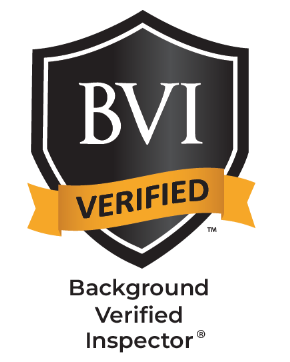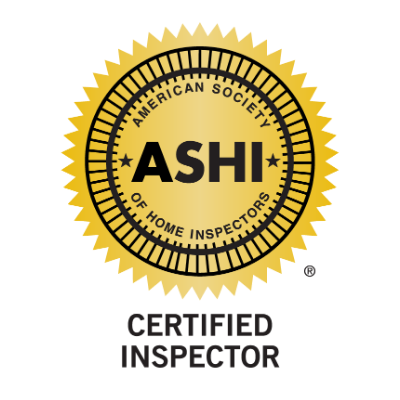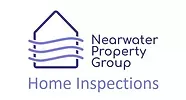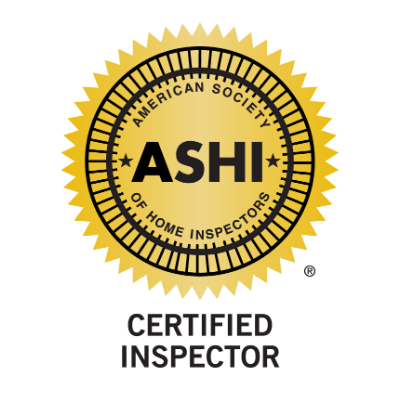If The "3-2-10 Rule" For Chimney Height Is Not Adhered To, You Can Literally Burn Your House Down!
This house had a very short chimney not far from the peak of the roof. It looked odd from the outside, so I wasn't surprised when I went inside and saw burn marks and melted paint at the mantle from smoke and flame rollout. The 3-2-10 rule is crucial for safe and efficient chimney construction. This rule ensures proper draft and minimizes fire hazards. Here’s what the 3-2-10 rule entails and why it's important:
Home Inspection Greenwich
3-2-10 Rule Explained
- 3 Feet Above Roof Penetration: The chimney must extend at least 3 feet above the point where it penetrates the roof.
- 2 Feet Higher Than Any Roof Within 10 Feet: The chimney must also be at least 2 feet higher than any part of the roof within a 10-foot radius.
Home Inspection Greenwich
Importance of the 3-2-10 Rule
- Proper Draft: Adequate height ensures the chimney has a sufficient draft, which is necessary for the efficient removal of smoke and gases from the fireplace or stove. Without proper draft, smoke can back up into the house.
- Fire Safety: Ensuring the chimney is higher than any part of the roof within 10 feet reduces the risk of sparks or embers landing on the roof and igniting a fire.
- Compliance with Building Codes: The 3-2-10 rule is a standard requirement in most building codes. Adhering to this rule ensures the chimney is constructed to meet safety regulations.
- Prevents Downdrafts: Proper chimney height minimizes the risk of downdrafts, which can cause smoke to be blown back into the house, creating an unpleasant and potentially dangerous situation.
- Optimal Performance: Following this rule helps the chimney operate at peak efficiency, ensuring that the fireplace or stove functions correctly and safely.
Home Inspection Greenwich
Summary
The 3-2-10 rule is essential for ensuring a chimney operates safely and efficiently. Proper implementation of this rule helps prevent smoke backdrafts, minimizes fire hazards, and ensures compliance with building codes. Ignoring this rule can lead to serious safety issues and operational inefficiencies.

